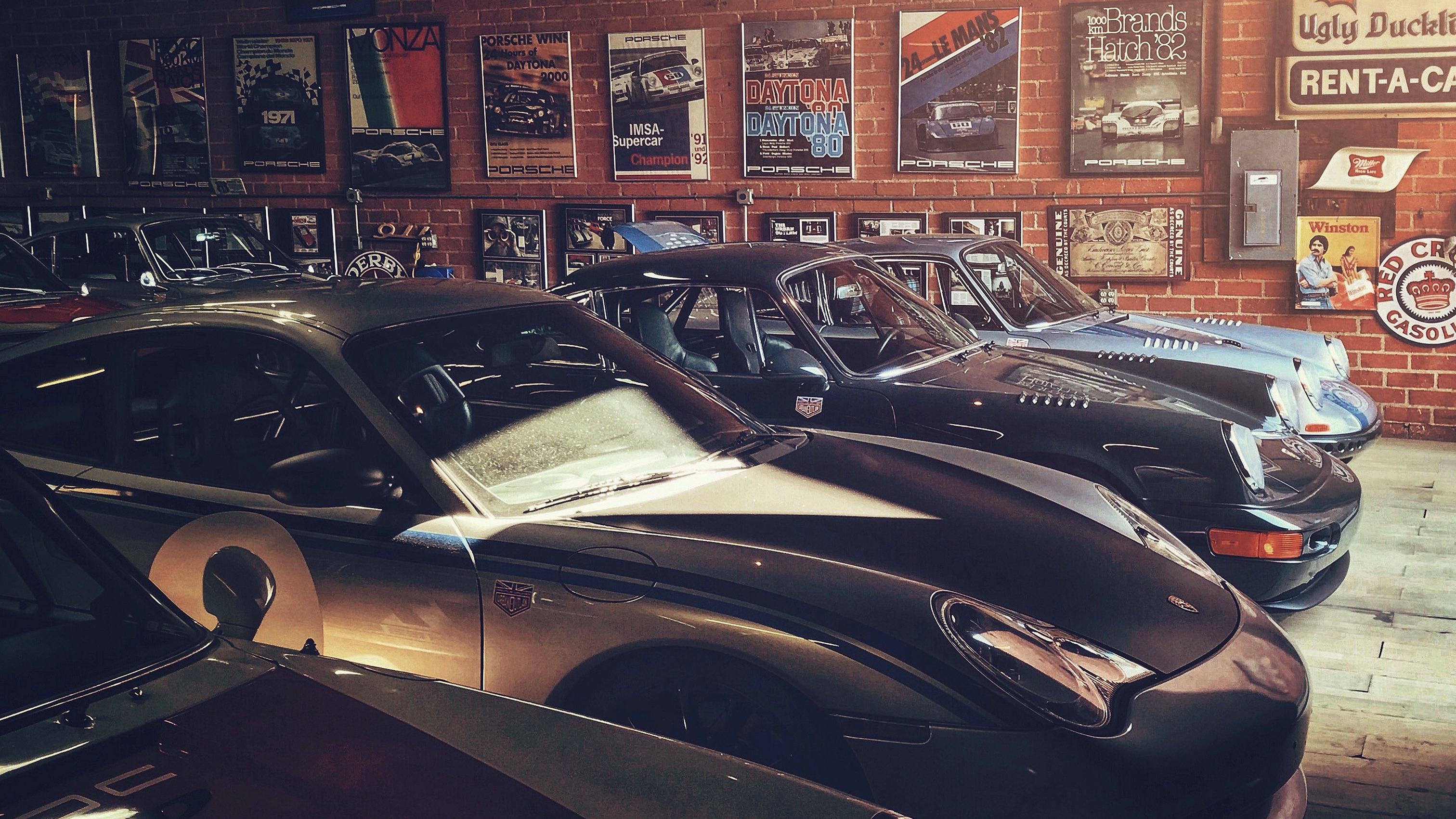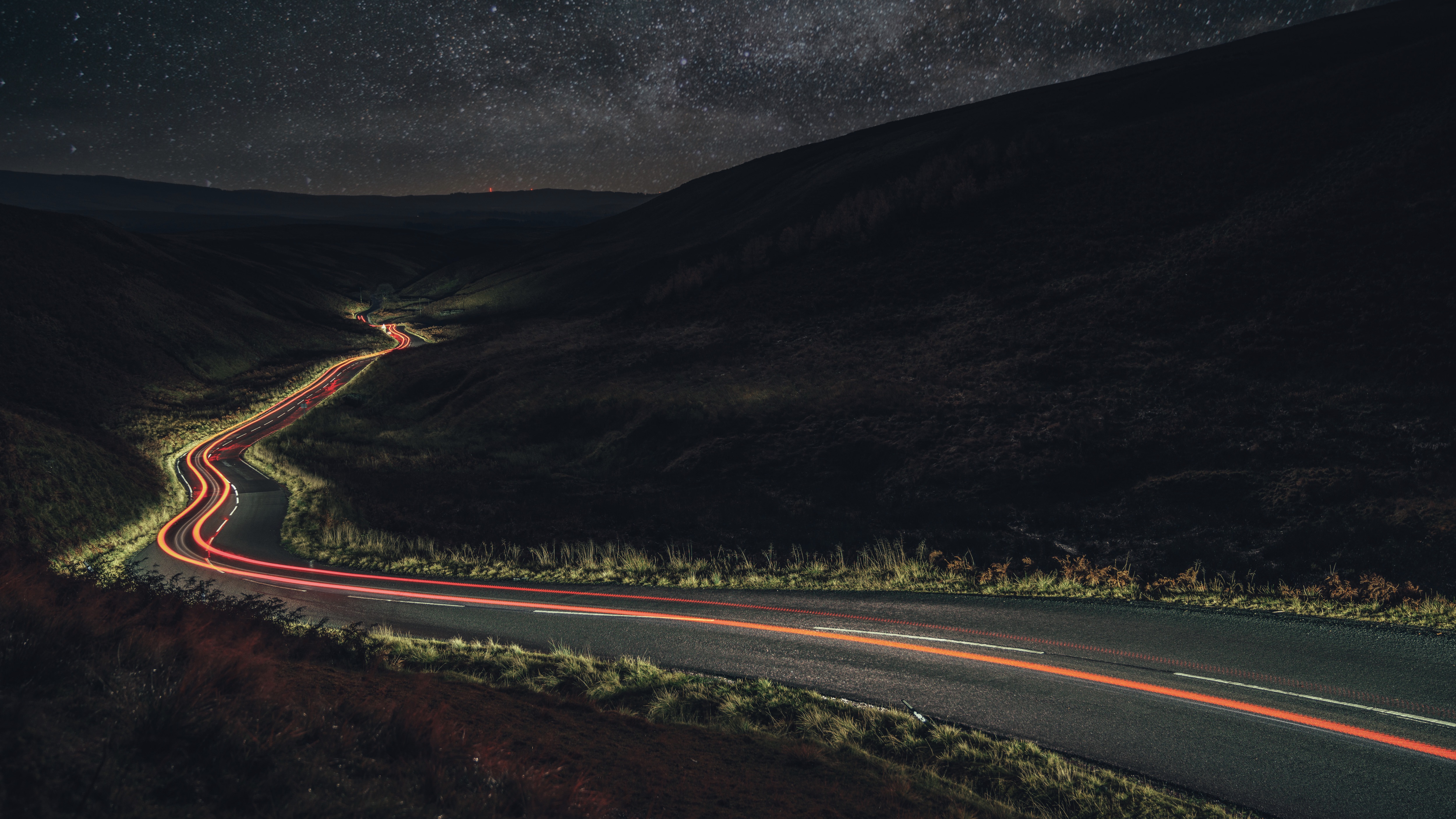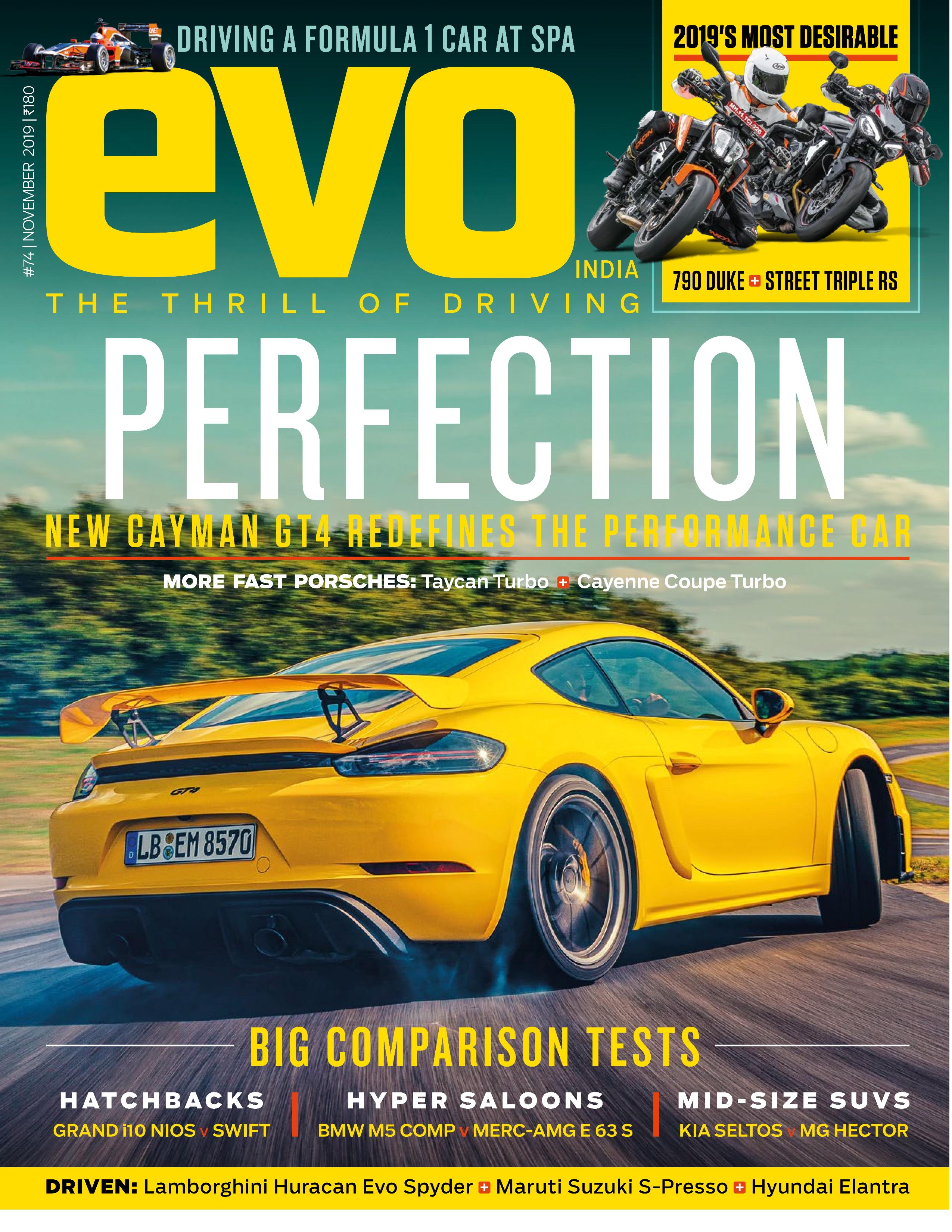Five automotive photography tips from one of the world’s best!
As the official photographer for most of the world's top car brands and car magazines, Richard Pardon sure knows how to click a picture. As part of the first installment in a new series from Porsche, #GetCreativeWithPorsche , Richard gives us his top tips on how to create a great picture.

Think of the top five car companies in the world and chances are that they are clients of Richard Pardon. Alternatively, think of the top five automotive magazines in the world and yep, you guessed it right, Richard would probably have shot for them at some point in time. Richard was the man behind the lens of our epic cover story in December 2019, with the Porsche Cayman 718 GT4. He will be breaking down things like equipment, lighting, composition and shutter speed. So all you shutterbugs, sit tight and get your lenses ready!
The Camera

“Most people have a mobile with some sort of camera and I often find the photos I take on my phone are more creative.” says Richard. If you’re fumbling around trying to find the right lens, setting the perfect shutter speed or get the right aperture, you might just end up missing the moment! A phone camera is always in your pocket and it’s always ready to shoot and is great for uploading stuff instantly to social media. Sure, for your big photography project you’ll probably need a DSLR, but like we showcased with our recent story of the four Range Rovers, with modern day phone cameras improving seemingly everyday, you don't need fancy equipment to make great photographs!
Editing

“There are thousands of editing apps that can transform a good image into a brilliant one.” Richard’s personal favourite is Adobe’s Lightroom on his phone. “It offers the same functionality as the desktop version, but you’ll need to remember these aren’t raw files, and won’t have the same scope for editing as a raw file from a mirrorless/DSLR.” For colour toning and filters, Richard recommends using VSCO. If you want to tailor images for your Instagram feed and stories, Unfold is another great app that Richard recommends.
Shutter Speed
“Shutter speed relates to how long the shutter inside the camera is open: anything from 1/8000th of a second, all the way up to half a minute. While the shutter is open, light pours in and exposes your image.” By adjusting the shutter speed, you can either freeze motion or or add motion blur. “For a static image, I use a fast shutter speed (1/500th or faster). This freezes any motion, and eliminates blur.” says Richard. While freezing motion is simple, adding it is slightly more complicated. “To add motion to an image, i.e. to illustrate a car driving past, a slower shutter speed (1/250th to 1/30th) is required. This is where a bit of practice is needed, as you need to actively pan the camera with your subject – basically, following it as it moves. When you feel you have the speed of your pan matching the car, fire!” Richard says the key is to practice, the more you practice, the better you will get at it!
Lighting
“Naturally, light comes from above (the sun), so my first rule of thumb is to light the car from a higher angle. For me, light isn’t the interesting part: the shadow is. Shadow tells a story: where the light came from, how high or low it was, and how far away it was. It’s amazing how different you can make a car’s shape look with light.” Says Richard. He’s often entitled to shoot the launch images of a car, meaning the public and the press will judge a car’s looks based on what Richard shoots. “My photographic style is to always shoot backlit. I like to face towards the sun/light, as that means the shadow comes towards the camera and helps to tell the story. You also get flare, which, when used right, is one of my favourite things in an image.” So go ahead, experiment with different lighting and different angles, from the safety of your home though!
Composition
“One of the most exciting things about photography, for me, is being able to showcase the world through my own eyes. If you asked two photographers to capture the same thing, the results would always be different. No two images are the same.” Richard stresses on showcasing the car from the correct angle to best showcase its elements. “Consider whether you’re shooting from low or high: shooting a GT3, for example, is best done from a lower position to emphasise the wing. Adding objects to the foreground can also help to add depth. Why not shoot through leaves to add colour? Or across a rock to add texture?”
Using natural light

“While dawn and dusk are often the best times of day to take photographs, darkness allows you to showcase your subject in a different light – literally. Photographs are made as a result of the shutter opening and the sensor (or film) being exposed to light. When there is no light – during the night, for instance – shutter speeds lengthen dramatically.” Richard shot evo’s cover story for December 2019, which involved a few shots in the night. “Towards the end of 2019, I was asked to photograph the UK launch of the Porsche 718 Spyder for evo magazine, in Kielder Forest – the largest Dark Sky Park in Europe.” The pictures were stunning to say the least and Richard also shares how he managed to take them, ““With the camera’s shutter speed set to 30 seconds, we used the Spyder’s taillights to ‘paint’ the road, giving a sense of journey/motion known as a light-trail. The longer the shutter is open, the more any available light (in this case from the stars) builds to give a silhouetted horizon.”
 evo India's December cover, shot by Richard Pardon
evo India's December cover, shot by Richard PardonFor more tips on automotive photography, head over to Porsche Newsroom’s Instagram page where Richard will be sharing in-depth information on these topics. Photography is the first installment of this, frankly brilliant, series from Porsche called #GetCreativeWithPorsche. There will be more masterclasses to follow on topics like design, art and driving too.


